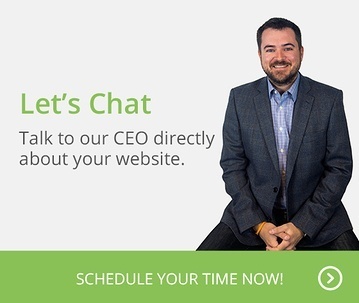For many startups, the appeal of open source software is hard to resist. From office suites such as OpenOffice to full-blown professional content management systems such as WordPress, daring young companies on a budget are more than willing to use open source software to run their business. The decision to go open-source is often driven by the common assumption that open-source equals free.
This assumption can prove very costly in the long run:
Open source licensing is basically a software licensing scheme under which users are allowed to use a program free of charge, modify or recompile the program for their own specific needs, or make changes or additions to the software as they see fit, including using the software to create a new software package. Open source software can be distributed under several licenses, the most common of which is known as GPL or LGPL. Regardless of which specific license is used, the heart of the open source is the same – free software, distributed freely, for the end-user to modify or redistribute in any form they see fit.
However, when it comes to open source software, free is not necessarily free, as many businesses learn too late. Free software simply means you can acquire and use the software for free, it does not mean you will be completely free of any cost associated with the software.
Open Source CMS
Consider WordPress, one of the leading content management systems (CMS) products currently available. A darling of the open source, free software movement, WordPress powers countless personal and commercial sites. The creators of WordPress offer a hosting service, known as WordPress VIP, to host and support a business’s WordPress site. The starting cost for this service ranges from a low of $5,000 per month for the basic tier of service to a ‘starting’ price of $25,000 per month for enterprise-level service for up to five sites per client – on top of a $5,000 to $15,000 set-up fee per site.
Free Software
WordPress is not unique in being ‘free’ software that can carry heavy support fees. It is not uncommon for open source software to have optional, and expensive, support options. Because of this, it is very important for any business considering open source to take into account all the possible costs associated with ‘free’ software.
For instance, which is more cost efficient for a business? A software package such as Microsoft SQL Server, which can easily cost you $30,000 in immediate out-of-pocket expense, plus another $5,000 in annual support fees for an enterprise deployment, or an open-source package that will cost your business $15,000 annually in ‘premium’ support?
The Future Of Your Business
It is also important to keep in mind that once your business has entrusted a critical operational function to an open source platform, you could very well be paying those fees for a long time. And if the development community or support vendor decides to abandon the program, your business could be left holding the bag. With open source, there are no guarantees if the mission-critical applications you have used to build your business will still be there tomorrow, next week, or next year.
This is one major advantage of closed source, or traditional commercially licensed software such as Microsoft SQL Server, has over open source. Major vendors, such as Microsoft, generally make available to its customers a planned roadmap for their software package. This roadmap will let customers know when the product will reach the end of life (EOL) so customers can plan for the future and transition to a newer product.
Commercial software vendors also have a tremendous financial incentive to release patches and fixes for their software, and to be responsive to their customers’ needs. Open source software, on the other hand, is often supported by a hodge-podge of individual coders working under a common umbrella, such as open source software development hub SourceForge, and have no real financial incentive to help customers. This lack of coordinated, direct user support is precisely why so many open source software packages have given rise to expensive, third-party support options.
If you are considering open source software for your business, make sure you understand all the real costs associated with open source. Otherwise, the hidden costs of your ‘free’ software can cost you, and your company, far more than it will ever save you.



